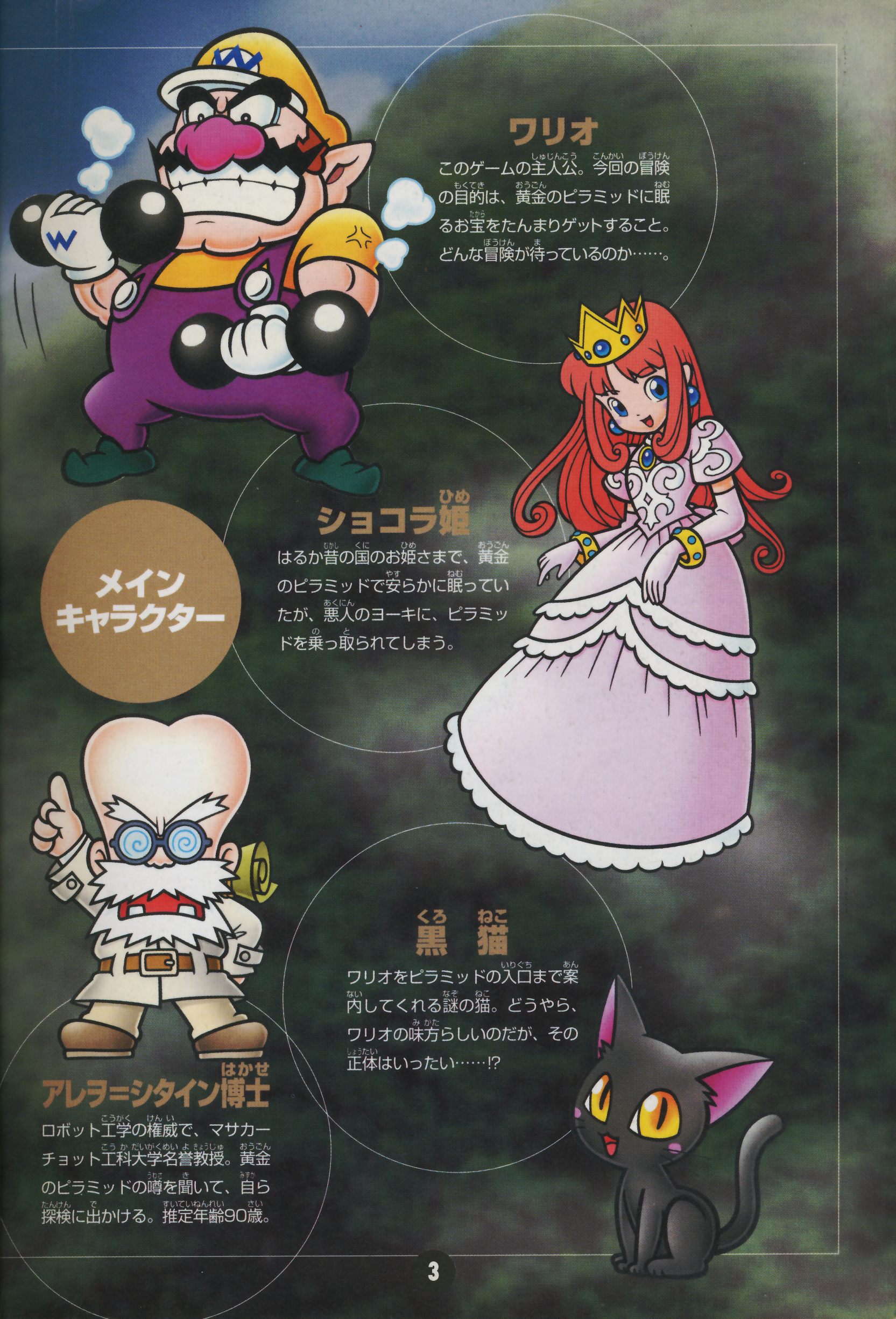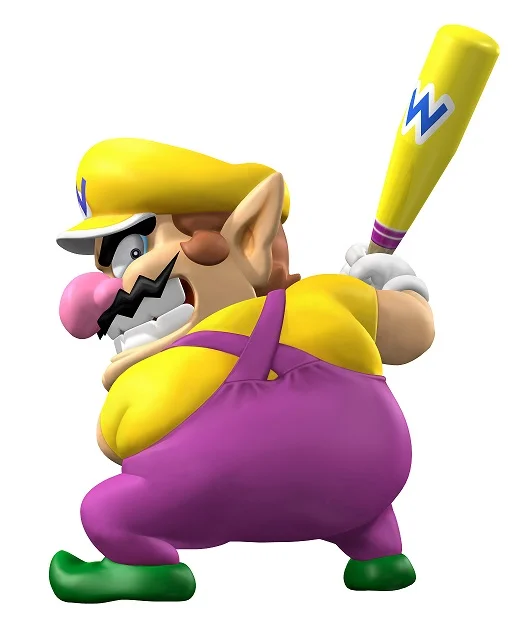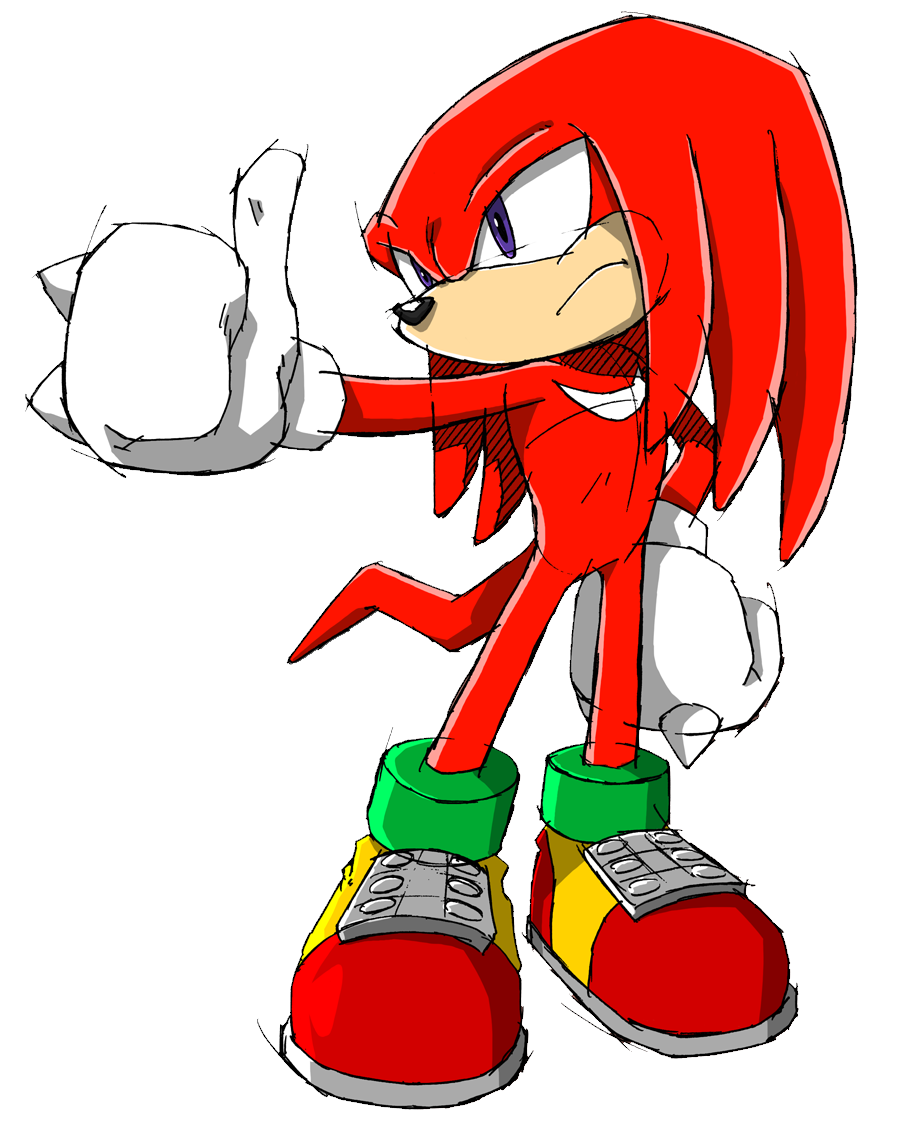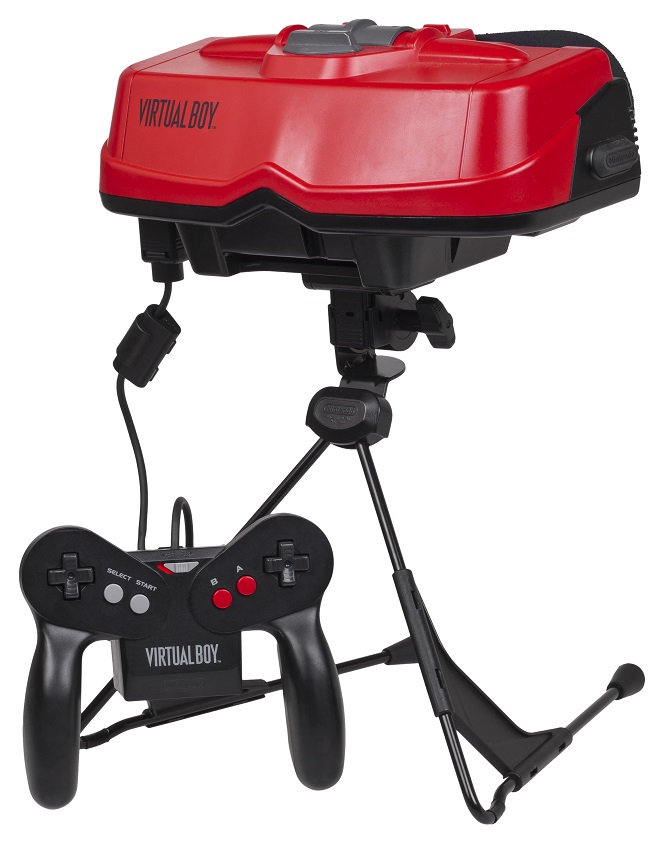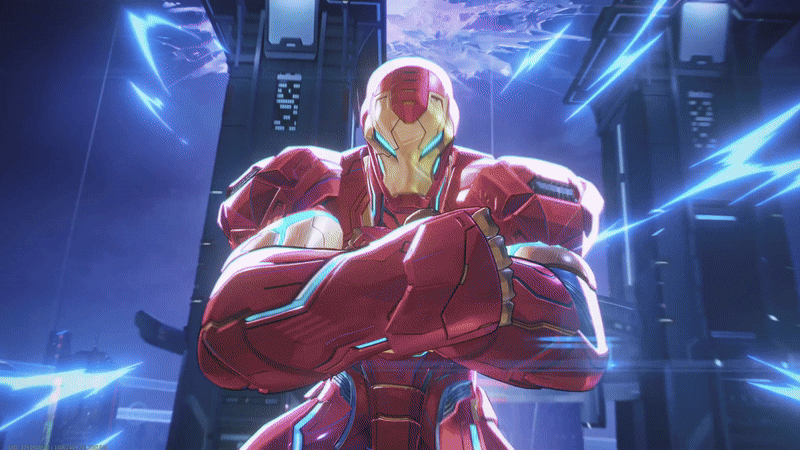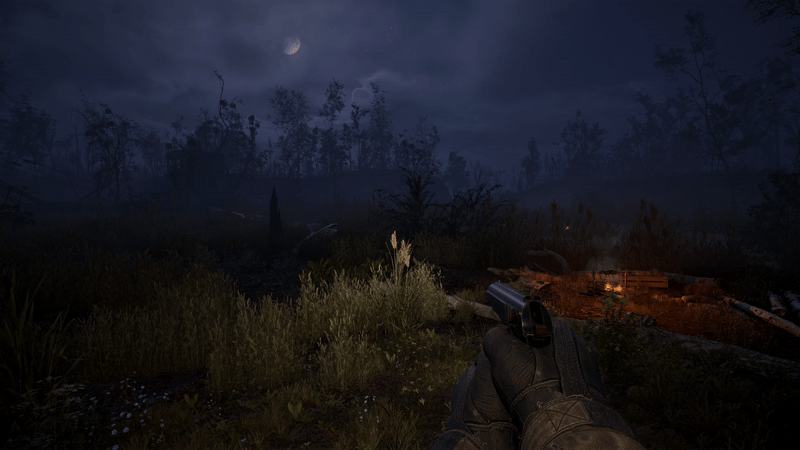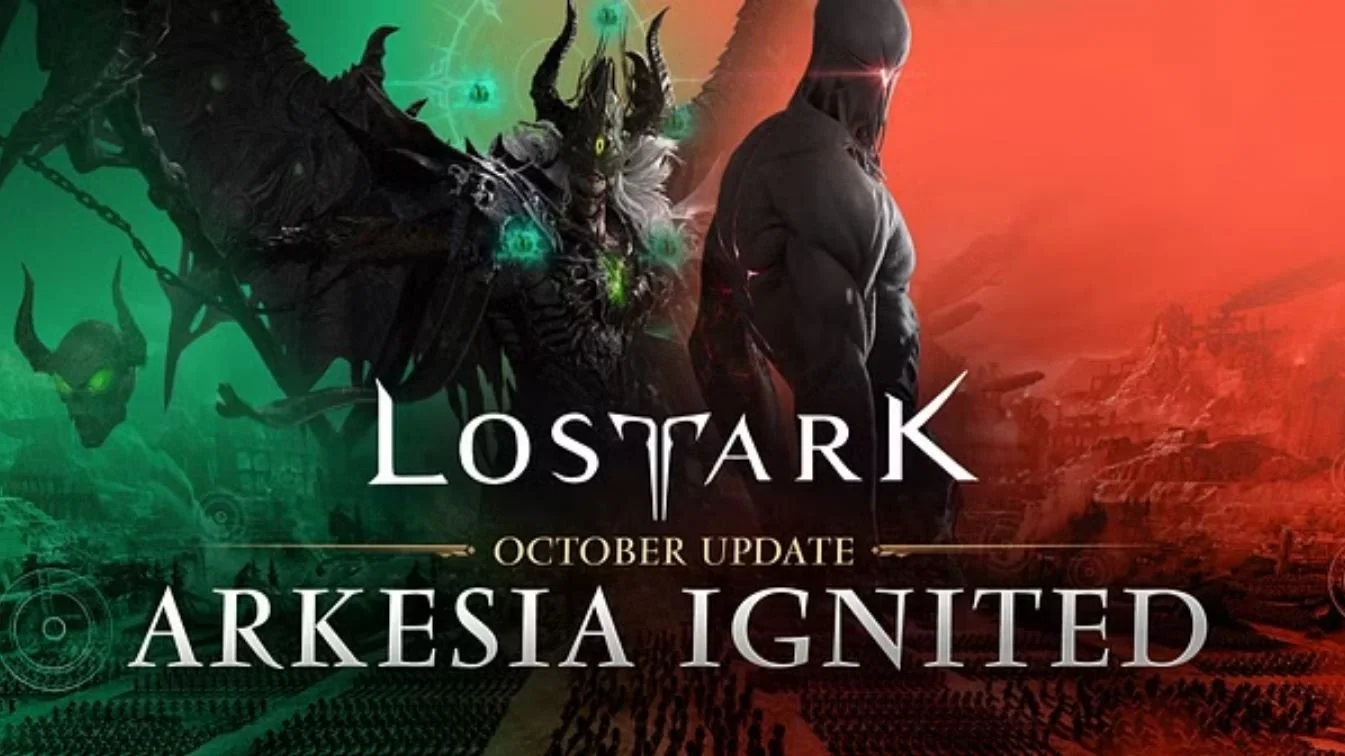Welcome to the second part of our series on Nintendo's Resident Anti-Hero: Wario! If you missed Part 1, click here!
Last time, we looked at Wario's origins, his initial role as a villain and looked at his self-motivated pursuits. Today, we're gonna delve a bit deeper into his altruistic side... and then we’re going to walk away from that and go back to his ugly vices.
Wario Land 3 (Wario Land 3: The Mysterious Music Box in Japan)
Wario Land 3 for Game Boy Color made its way into stores in Spring of 2000. Wario's first adventure in the new millennium starts off with him flying his biplane over a forest, having himself a ball... until he crashes. So, did he get the biplane with the money he accrued in Wario Land I and II? I wonder...
Anyways, Wario wonders around until he finds a cave. Inside of that cave, he stumbles upon a music box and gets sucked inside of it... transporting him to Music Box World! A massive, shadowy "Hidden Figure" and self-proclaimed god offers to help Wario back to his land, in exchange for rounding up 5 music boxes that will restore his power. To give Wario a further incentive, the Figure allows Wario to keep any other treasure he comes across. And so another quest begins...
The Black/Brown Sugar Gang and Wario Castle are nowhere to be found. I can let that slide because we're in unfamiliar territory. Once again, Takehiko Hosokawa is directing while Hiroji Kiyotake retains a supervisory role. As such, Wario Land 3 takes the slower, exploration and puzzle-solving oriented, action-adventure game approach established by Wario Land II and amplifies it. This game is even less about the action than the previous Wario Land adventures and with Wario's new performance upgrades, the feels much more like a Pocket Super Metroid-type game. Although, it’s not nearly as groundbreaking as that game was.
Some of Wario’s Reactions in Wario Land 3
The transformations introduced in Wario Land II return, along with a few new ones: Snowman, Vampire Bat and Ball o' String (that last one didn't catch on).
The game's only real twist (if you could even call it that) is that the Hidden Figure is the true villain and the game's final boss: a gigantic, disgusting clown that reminds me of the Mega Man X2 intro boss. Wake up and look alive; for this boss battle is the only time in Wario Land II and 3 where you can actually die!
Wario completes his adventure ultimately doing good for the Music Box People and is rewarded with the treasure he collecting during his adventure. This is the most unselfish deed we've seen of Wario thus far.
If you ask me, Wario Land 3 is simply okay. I wasn't feeling the slower pace, but the new moves were pretty cool. It sold okay enough, but didn't sell as well as the previous Wario adventures, but received rave reviews from critics and journalists: getting 9s and 9.9s. So obviously, I missed something. I couldn't even get my hands on it until it was on the used game market: it had a smaller print run.
Dr. Arewo Shitain/Stein from For the Frog the Bell Tolls appears as a grunt enemy who could turn Wario invisible, welding the good doctor into the Wario series. He was given the localized name "Mad Scienstein". He would return in Dr. Mario 64 along with Wario , the Hidden Figure and many other Wario Land 3 characters. The Hidden Figure was now given a proper name: "Rudy the Clown".
Wario Land 4 (Wario Land Advance in Japan)
Wario's 5th solo adventure (Don't forget Virtual Boy Wario Land!): was part of the first wave of GBA games.
Reading the newspaper whilst picking nose "at the Hideout", Wario learns of a Golden Pyramid built by a lost civilization that was recently discovered by Dr. Arewo Shitain near "the city limits". With no delay, Wario hops into his Wario Car (making it’s first appearance!) in hopes of pilfering the treasure.
A few questions: whatever happened to Castle Wario? Why does Wario live in a hideout now? What city does Wario live in? What happened to his old supporting crew? This new direction makes Wario Land 4 essentially a soft reboot of the series. This is speculation on my part, but I am under the impression that the city is Diamond City, which would be properly introduced in the WarioWare subseries.
Much like Wario Land II, the instruction booklet for Wario Land 4 is written as if Wario was the one behind the word processor. The vices, vanity, and toilet humor are ramped up big time: Wario makes reference to how attractive his butt is, Wario picks his nose so hard that he pokes his brain and we are given a misadventure wherein he unintentionally eats bird crap. Ewwww!
Wario Land 4 gives the mechanics and aesthetics Wario Land series a much-needed shakeup. Some of the reactions from Wario Land II and Wario Land 3 return, but Wario was no longer invincible: he instead had Heart Points with one-life per stage run. This, along with the game’s Super Hard mode made the game less about exploration and puzzle solving. But don’t be concerned, because Wario Land 4 is still challenging and fun to replay!
The artwork and sound design are very different from the Game Boy Color games. Ryoji Yoshitomi returns as the lead composer, bringing with him some high-quality audio samples and diverse music in a wonderfully demented style. Wario Land 4 was the best sounding handheld game of its time.
The Black Cat, one of Wario's allies throughout the game is revealed towards the end to be Princess Shokora, ruler of the Golden Pyramid. ( Her name is probably supposed to be pronounced "chocolat", with a silent 't" -- the French pronunciation -- the localization process of the Wario games has always been a little iffy with names). Wario saves her and Dr. Arewo Shitain at the end Wario Land 4... which is a good thing. Sure, Wario's adventure was motivated entirely by grave-robbing, but he saved two people 's lives, so he's not that bad of a guy
Wario Land 4 is my favorite Wario platformer game. It was also the last Wario platformer made by Nintendo R&D1 before their dissolution.
Wario was playable in Mario Kart: Super Circuit that same year and had a cameo in Super Smash Bros. Melee as a trophy.
2003 was a big year for Wario. He had two of his own games, both of which helped him expand his corner of the Nintendo universe.
WarioWare, Inc.: Mega Microgame$! (Made in Wario - Japan or WarioWare, Inc.: Minigame Mania - Europe)
WarioWare, Inc.: Mega Microgame$! kicked off the WarioWare subfranchise. Wario was the title character and this was an action game, but not in the Super Mario-style platformer we were used to. WarioWare is impossible to explain if you've never played it; it's something that has to be experienced. It's not quite an action game, it's not quite a puzzle game. It's both, but also a 1980's arcade-styled reflex game.
With many different art styles being experimented with and a whole new cast of supporting characters that came out of nowhere, plus a new setting —Diamond City—, WarioWare dials up the absurdity and gross-out humor. In WarioWare. the big oaf decides to enter the video game industry entirely for profit while conscripting his friends to do the heavy work on his behalf, Wario has very few redeeming qualities in WarioWare. His greed and vanity are in full effect: most of Wario's own video games are rip-off versions of classic video games with his likeness polluting them like Super Wario Bros.
Wario has also been re-designed to be a biker. While I think this is fighting for his circus-strong-man archetype, I felt the newfound emphasis on Wario being a disgusting and boorish guy who is obsessed with farting and picking his nose turned him into a stereotype.
WarioWare is still fun, though.
Wario World
Developed by Treasure Co., the geniuses behind Gunstar Heroes and Dynamite Headdy, Wario World, Wario's first (and currently only) proper 3D adventure brought out the wrestler in Wario. The story took place in Wario Castle, with one of Wario’s treasure’s going rouge, setting Wario on an adventure where he needs to fight for his castle. That leads me to believe this game was a direct continuation to Wario Land II's story threads.
All the while, Wario remainined a consistent presence in the Mario Sports games.
In the early 2000’s Wario was a busy man! Working on his main series, dealing out the cameos, starting out a new sub-franchise and had a big adventure in the 3rd dimension!
Stay tuned for Part 3, where we’ll be covering Wario’s inclusion in the Smash Bros Series as a fighter, and his solo games Wario: Master of Disguise and Wario Land: Shake It!)








